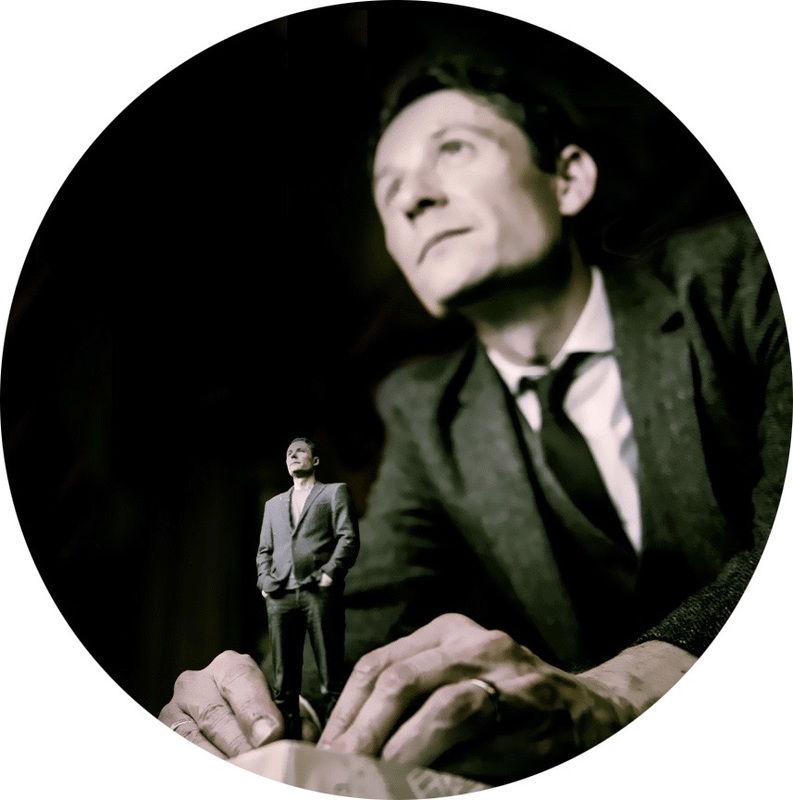|
Last Friday I visited the School of Languages, Cultures and Societies at the University of Leeds to participate in a seminar on the subject of Assessment and Feedback within Higher Education. I contributed a workshop around the possibilities and potential challenges of multimodal approaches to assessment and feedback within language education. Here are my slides with a full reference list at the end: Although I have been talking and writing about multimodal assessment for a few years now, the context for Friday’s event presented a new challenge. When the dominant discourse around multimodal assessment concerns a move beyond the central authority of words, does multimodal assessment have a place within courses with a central interest in the study of language (as opposed to using language to communicate meaning of other subject matter)? This question was the starting position for my session which included an activity where, working in groups, colleagues reflected on what might be the critical questions that language educators need to ask in order to ascertain whether multimodality might perform a role around assessment and feedback. Rather than responding to the suggestions from each of the groups, I instead recorded the different ideas (hopefully true their intention) and have grouped them under four themes, below :
Rethinking the nature of assessment
Assessment criteria and marking
Resource implications
Student needs and interests
Although many of the suggestions would apply to assessment and feedback practices across the disciplines, the centrality of language within the group's teaching meant that the workshop raised ideas that I hadn't encountered before. This provides a helpful reminder that the possibilities of multimodal assessment, and the potential barriers to its use, can vary across different learning contexts. Thank you to Chiara La Sala from the Leeds Centre for Excellence in Language Teaching for the invitation to contribute to Friday's event. Thanks Also to Martin Thomas and Elisabetti Adami who took time out to meet and explore ideas with me. See also: Stories of Transformative Multimodal Assessment Multimodality and Mobile Learning in Bremen Multimodal assessment in the presentation setting
1 Comment
Alex
2/2/2018 15:59:45
James, As an EFL course leader who is resigning a course, I find your questions refreshing. Personally, I think it is incredibly important to recognise the additional depth that multimodal assessment can add to students' thinking and recognition of their own abilities. As an example, working with multiple nationalities, we do a 'Museum of Me' assessment whereby students have to present a model box of a museum about themselves. We find that by creatively addressing and using concepts of international and personal identity in this way, we can go a step further towards capturing the students' true sense of communicative competence and deepen not just their verbal presentation skills. Through a multimodal experience, they can transcend notions of L1 or L2 etc. and truly concentrate on meaning-making. It is both motivating and confidence-building.
Reply
Leave a Reply. |
Search categories
All
I am a Lecturer in Digital Education (Education Futures), within the Centre for Research in Digital Education at The University of Edinburgh.
@james858499 [email protected] |
